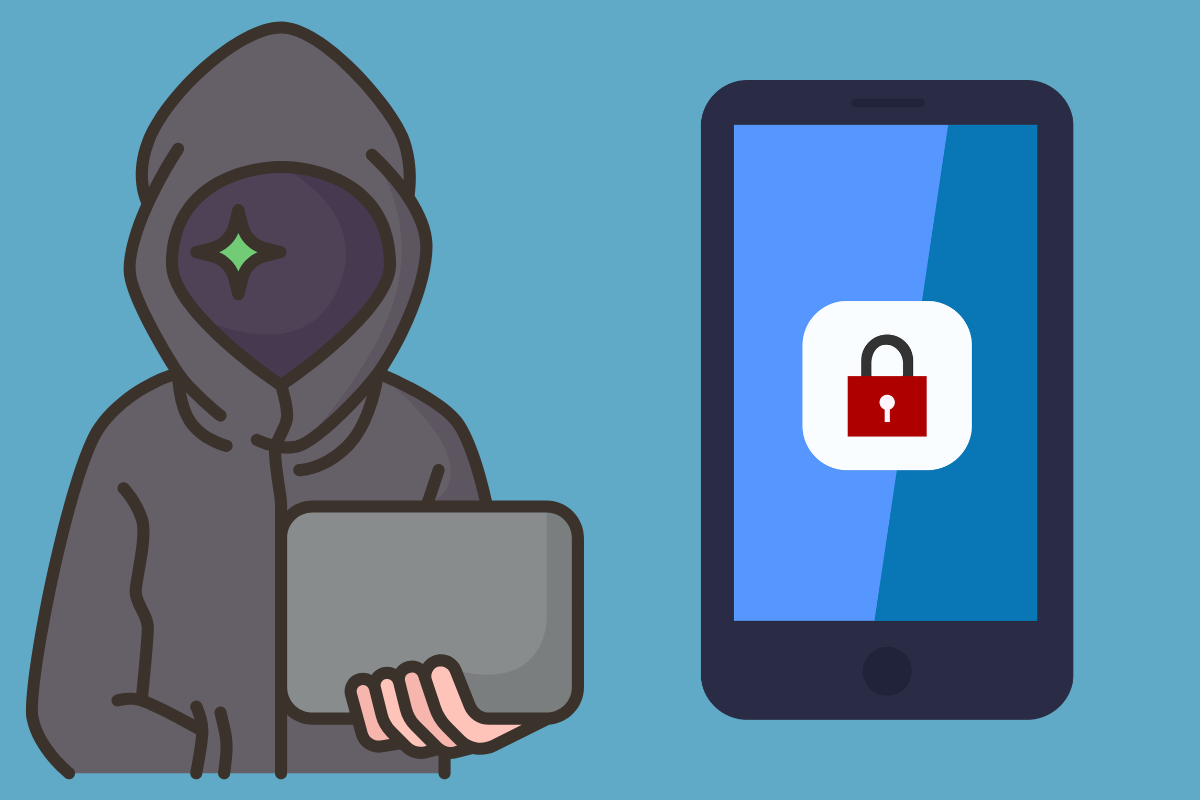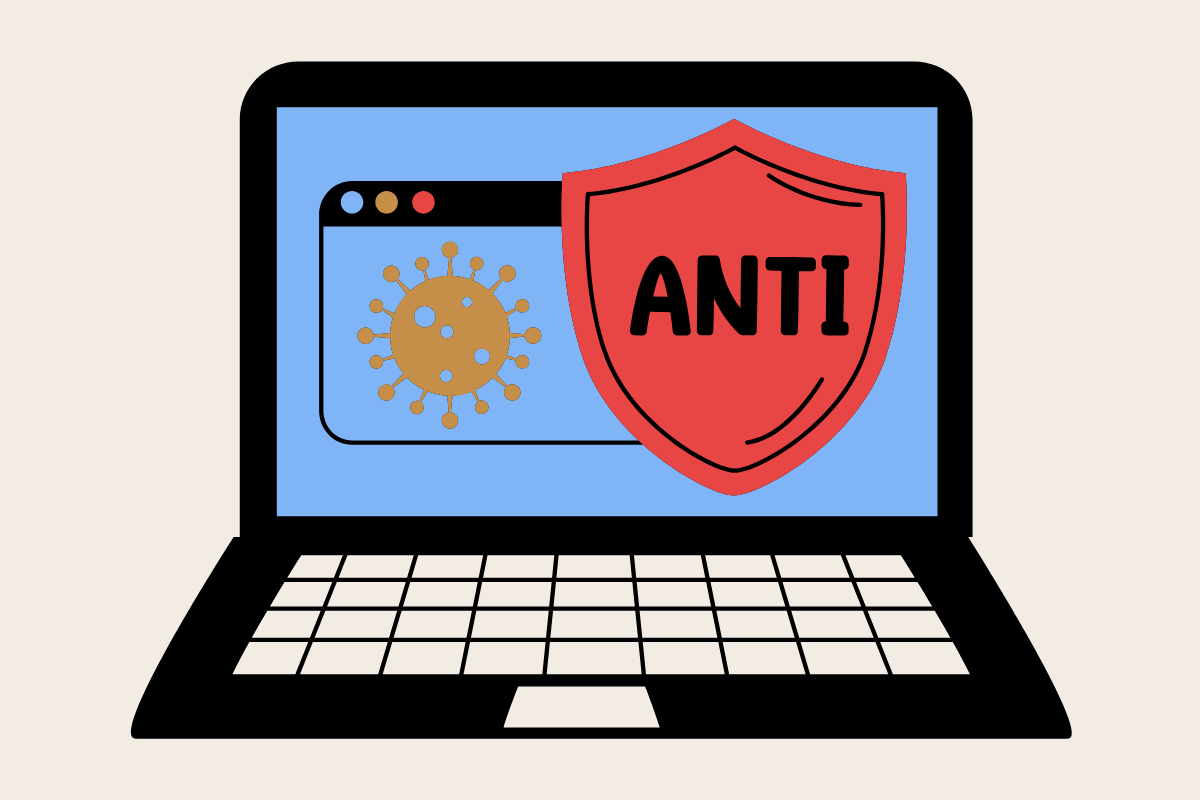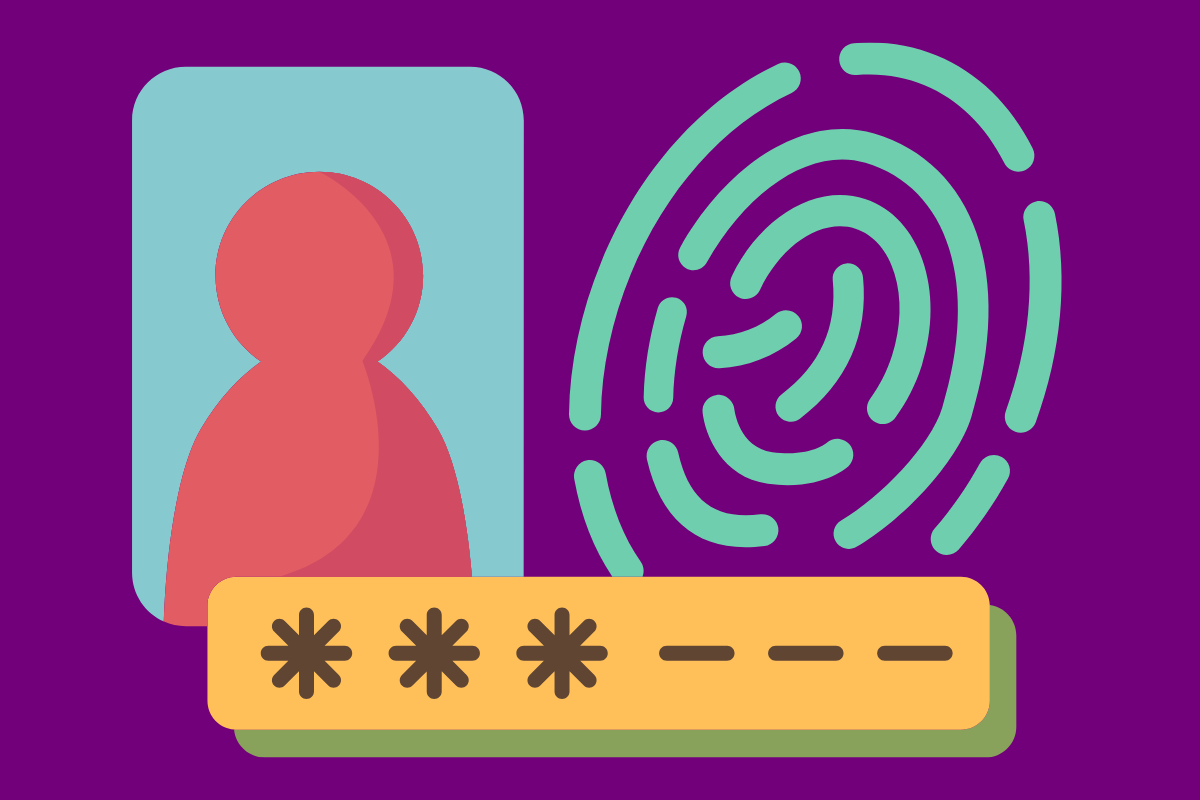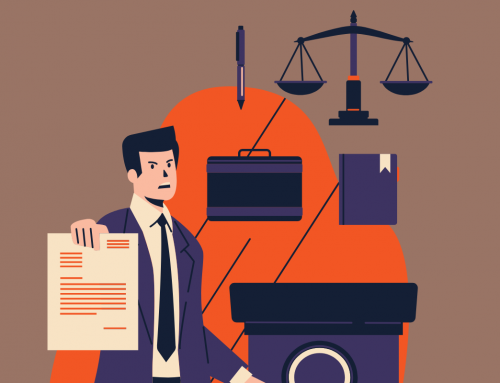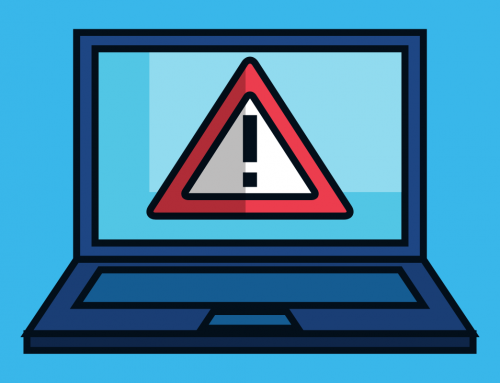Deepfakes are here, but Ontario lawyers can stay ahead of the curve.
Imagine you’re in the middle of a high-stakes case, and a video surfaces that seems to show your client engaging in illegal activity. The evidence looks irrefutable- the footage is clear, the audio is crisp, and the client’s face is unmistakable. But what if that video is entirely fake? What if it ISN’T your client but a well-crafted deepfake?
For Ontario lawyers, this scenario is no longer a remote possibility. AI-generated deepfakes pose a serious threat to evidence credibility, the integrity of legal proceedings, and even client reputation. The question is no longer if you will encounter deepfakes in your practice, but when.
How can Ontario law firms prepare for this emerging challenge? How can you ensure that the evidence you present or challenge in court is genuine? These are the pressing questions that Ontario lawyers need to address as deepfakes continue to evolve.
What Are Deepfakes?
Created using artificial intelligence (AI) and machine learning (ML), deepfakes can manipulate audio-visual content to make someone appear to say or do something they never did. Although they originally made headlines for their use in entertainment and viral videos, deepfakes are now spreading into other, more concerning areas- legal disputes, political arenas, and even personal attacks.
In the entertainment industry, digitally altered creations can be used for good, like recreating historical figures or dubbing actors in foreign films. However, the darker side of deepfakes includes their potential to defame and deceive: in early 2024, cybercriminals used a deepfake video of a Hong Kong company’s CFO to convince an employee to transfer over $25 million to them. As a lawyer, it’s essential to understand the scope of this technology and its potential consequences for both clients and the justice system.
Deepfakes in Court
In Ontario, courts have historically accepted digital evidence, whether it’s a video, audio recording, or photograph. However, the rise of deepfakes means that lawyers must scrutinize digital content far more rigorously than ever before.
Imagine a divorce case where a spouse is allegedly caught on video in a compromising situation, or a business dispute where an executive seems to confess to wrongdoing on a recorded phone call. The danger is that such evidence could be fabricated using deepfake technology, leaving lawyers and courts vulnerable to deception. Similarly, legitimate digital evidence could be falsely claimed as a deepfake, undermining its credibility.
Ontario lawyers must now adopt a more cautious approach to handling digital evidence. The authenticity of video or audio must be confirmed with the help of forensic experts who can analyze the content for signs of manipulation. As deepfakes become more convincing, this process will become increasingly essential to avoid unfair outcomes based on fraudulent evidence.
Tools for Detecting Deepfakes
Luckily, technological advancements also provide tools for detecting deepfakes, so lawyers should familiarize themselves with AI-driven systems designed to identify altered content. These detection tools examine various features of the video or audio, such as:
- Irregularities in eye movement
- Mismatched lighting and;
- Inconsistencies in voice patterns.
While tools for detection are becoming more advanced, they are not foolproof. In some cases, it may be necessary to consult digital forensic experts who can use advanced software and analysis techniques to determine whether a piece of evidence is authentic or a deepfake.
Privacy Concerns
Beyond the courtroom, deepfakes pose major privacy concerns. In Ontario, privacy laws like the Personal Information Protection and Electronic Documents Act (PIPEDA) aim to protect people from the unauthorized use of their personal information. But what happens when someone’s likeness is used without their consent in a deepfake video?
Deepfake pornography, where an individual’s face is superimposed onto explicit content, has already become a disturbing trend. This type of content not only violates a person’s privacy but can also cause significant emotional and psychological harm. In some cases, deepfakes have been weaponized to harass or blackmail individuals.
Ontario lawyers dealing with privacy and defamation cases need to be aware of how deepfakes can be used to violate a person’s rights. Current privacy laws may not fully account for the implications of deepfake technology, but victims can still pursue legal action based on defamation, harassment, or the invasion of privacy. As federal and provincial law adapts to these new challenges, it’s critical for lawyers to stay ahead of the curve and advocate for stronger protections against deepfake misuse.
How Ontario Lawyers Can Prepare for the Future
Deepfake technology is advancing quickly, and law firms everywhere must be proactive in preparing for its impact. Here are several steps to help you stay ahead:
- Educate Yourself: Stay informed about the latest developments in AI and deepfake technology, as well as detection tools. Understanding how deepfakes are created and identified will give you an edge in handling cases involving digital evidence.
- Collaborate with Experts: Build relationships with forensic specialists who can assist in identifying and analyzing potential deepfakes. Their expertise will be invaluable in court.
- Develop Robust Evidence Protocols: Establish clear guidelines for authenticating digital evidence and challenging questionable content. Make sure your staff is equipped to handle the technical aspects of deepfake verification.
- Guide Clients on Digital Risks: Inform clients about the potential risks of deepfake technology, particularly in areas such as privacy and reputation management. Being proactive in these discussions can help protect their interests.
- Advocate for Stronger Regulations: As the legal framework surrounding deepfakes evolves, engage in discussions about policy reform to ensure that Ontario law keeps pace with technological advancements.
Conclusion
Deepfakes are no longer just a futuristic concern- they are here and they are already influencing legal cases. Ontario lawyers therefore need to stay informed and prepared for the challenges these technologies present. By understanding the risks, using forensic tools, and working with experts, you can ensure that justice is served, even in the age of digital manipulation.

